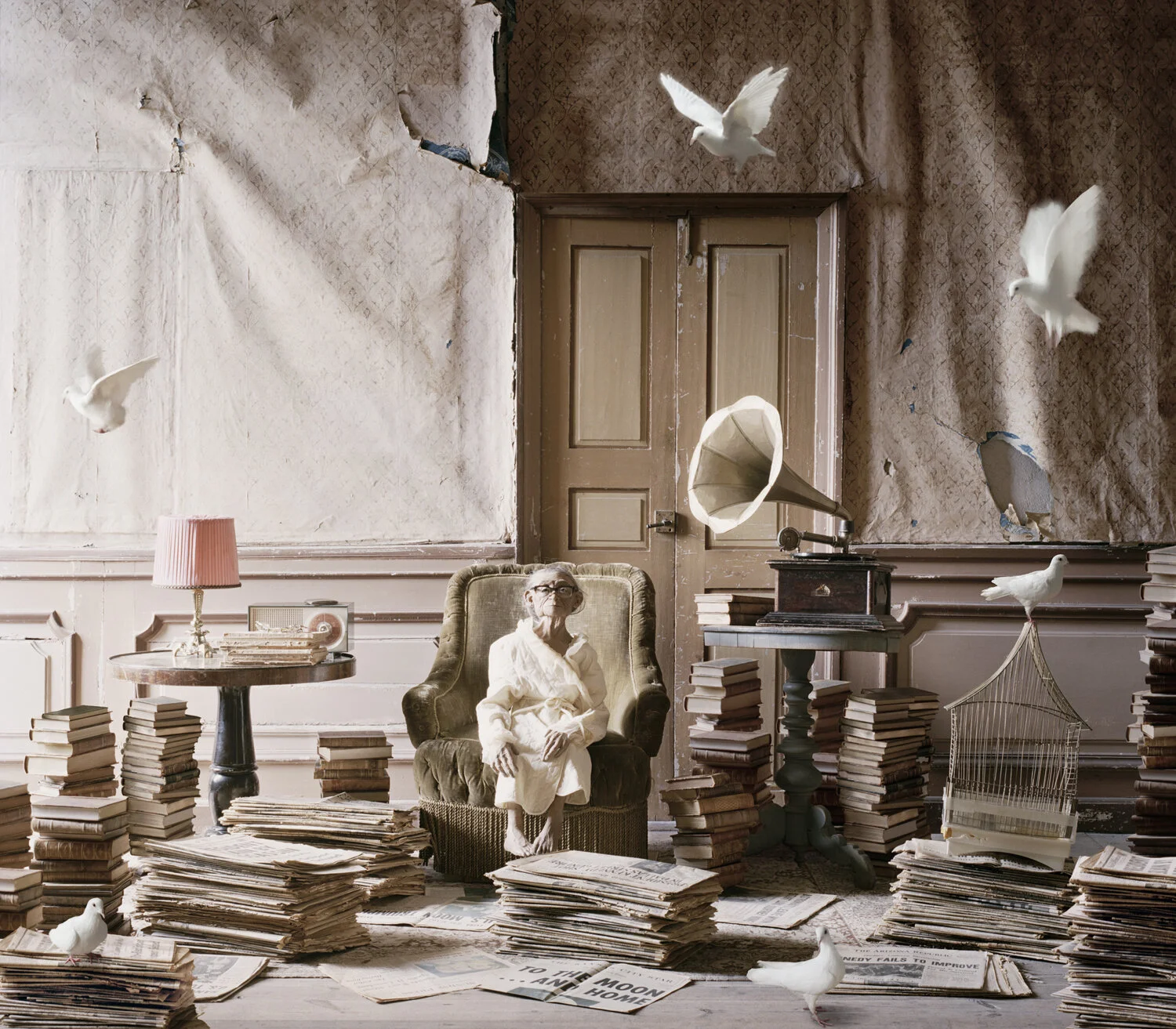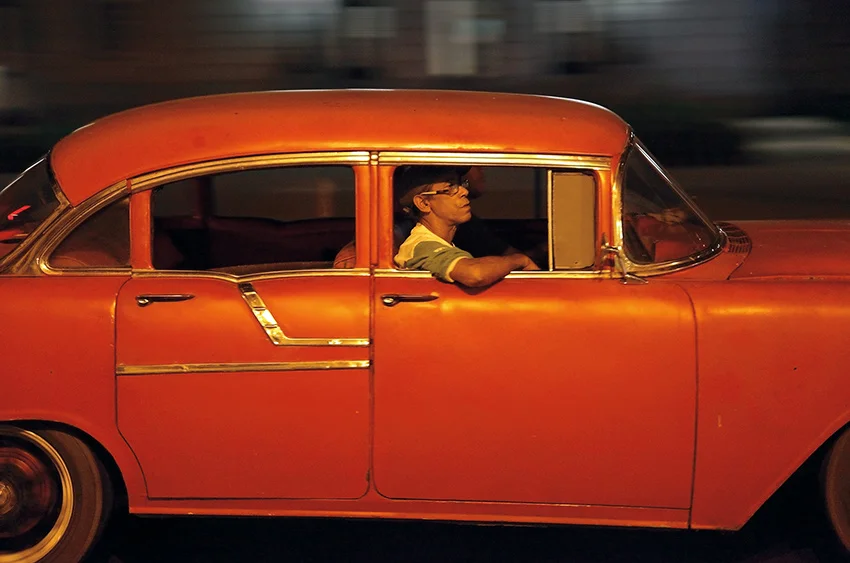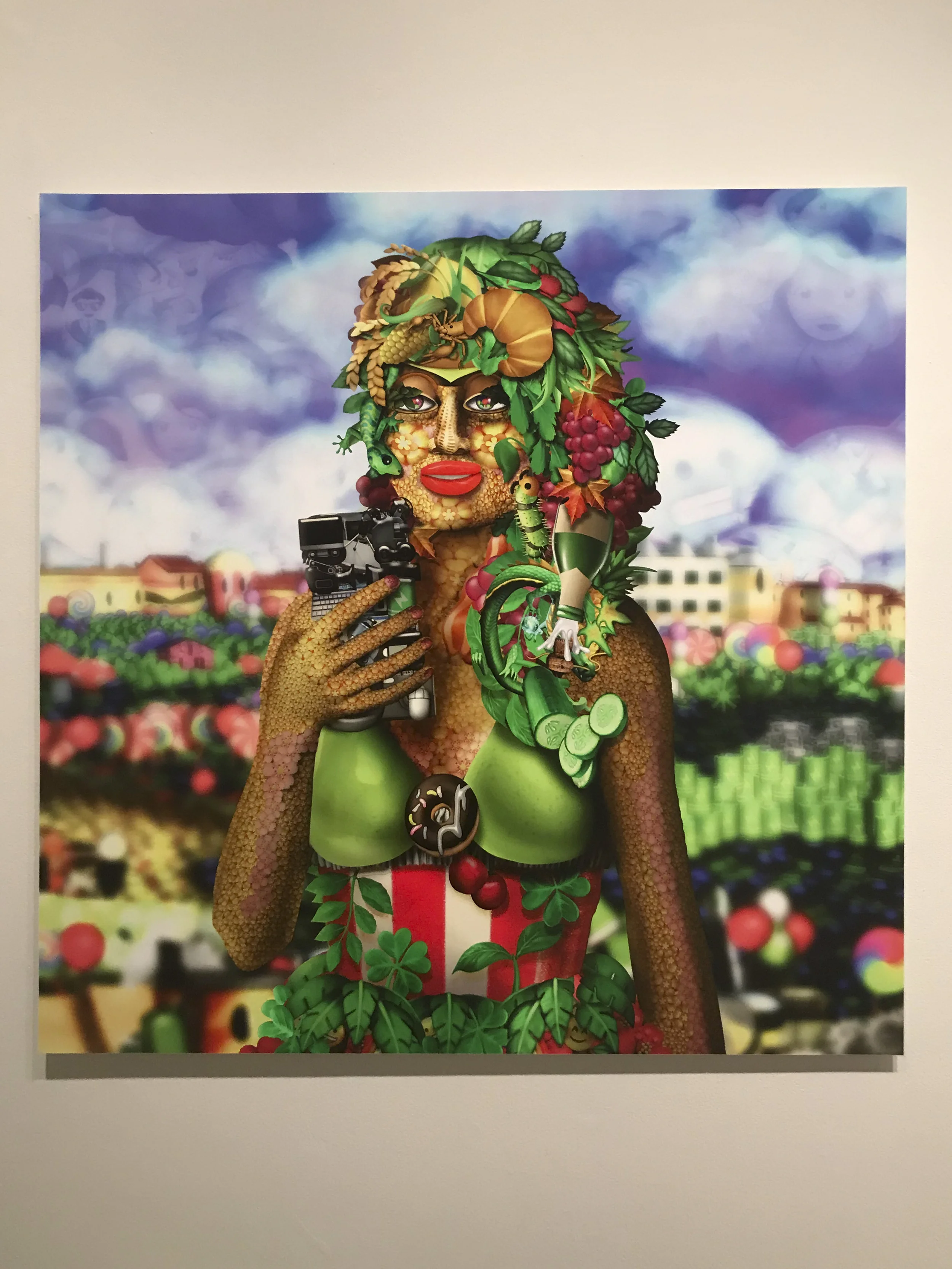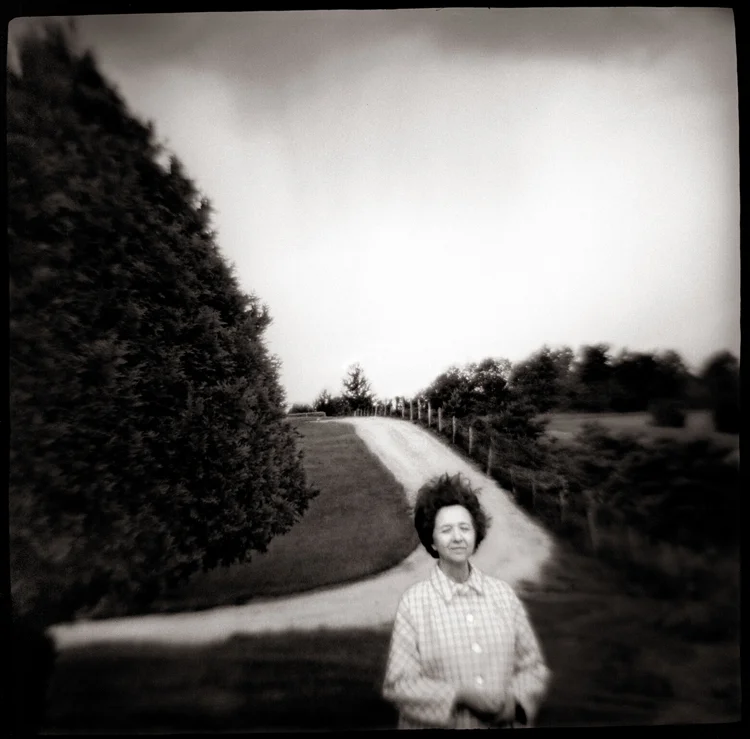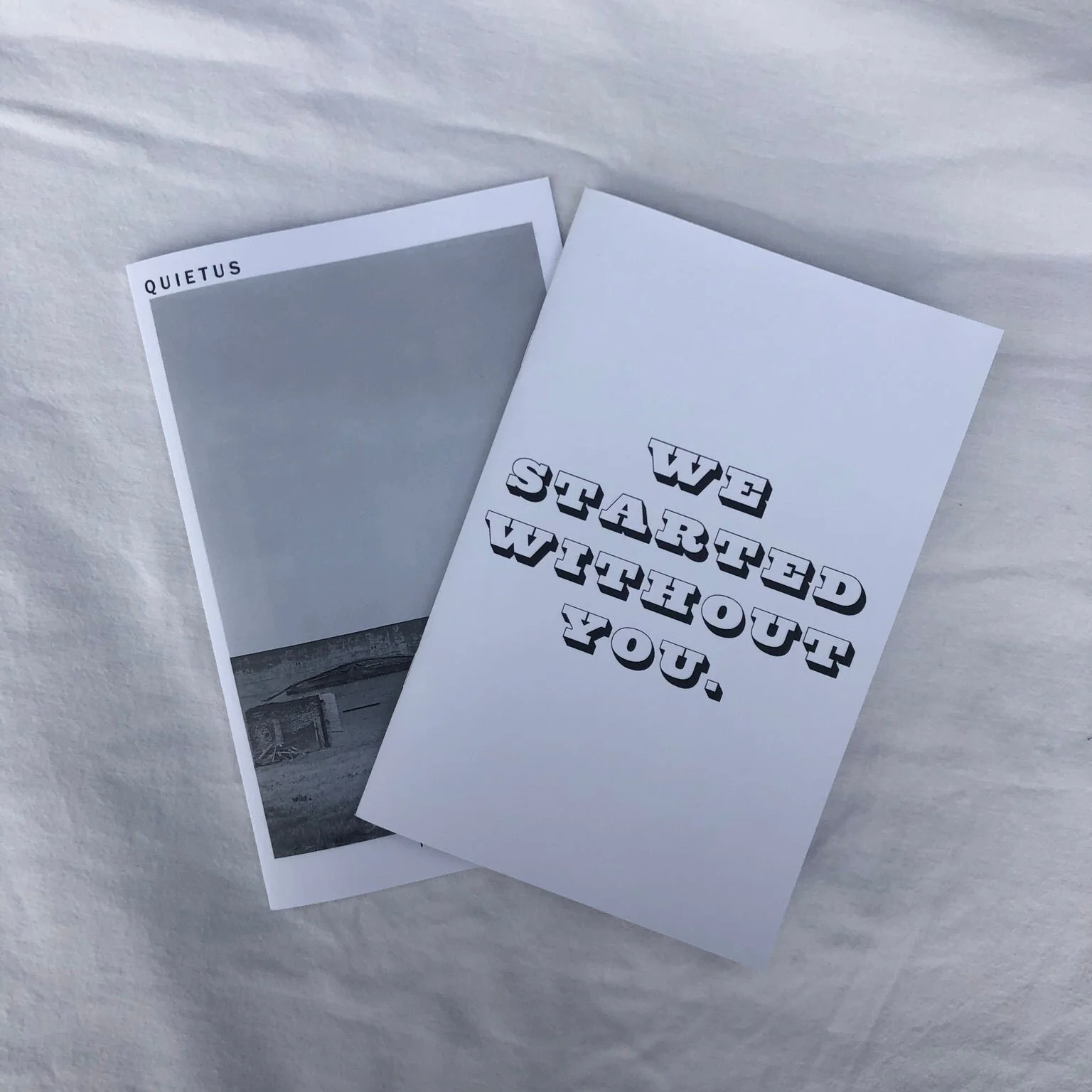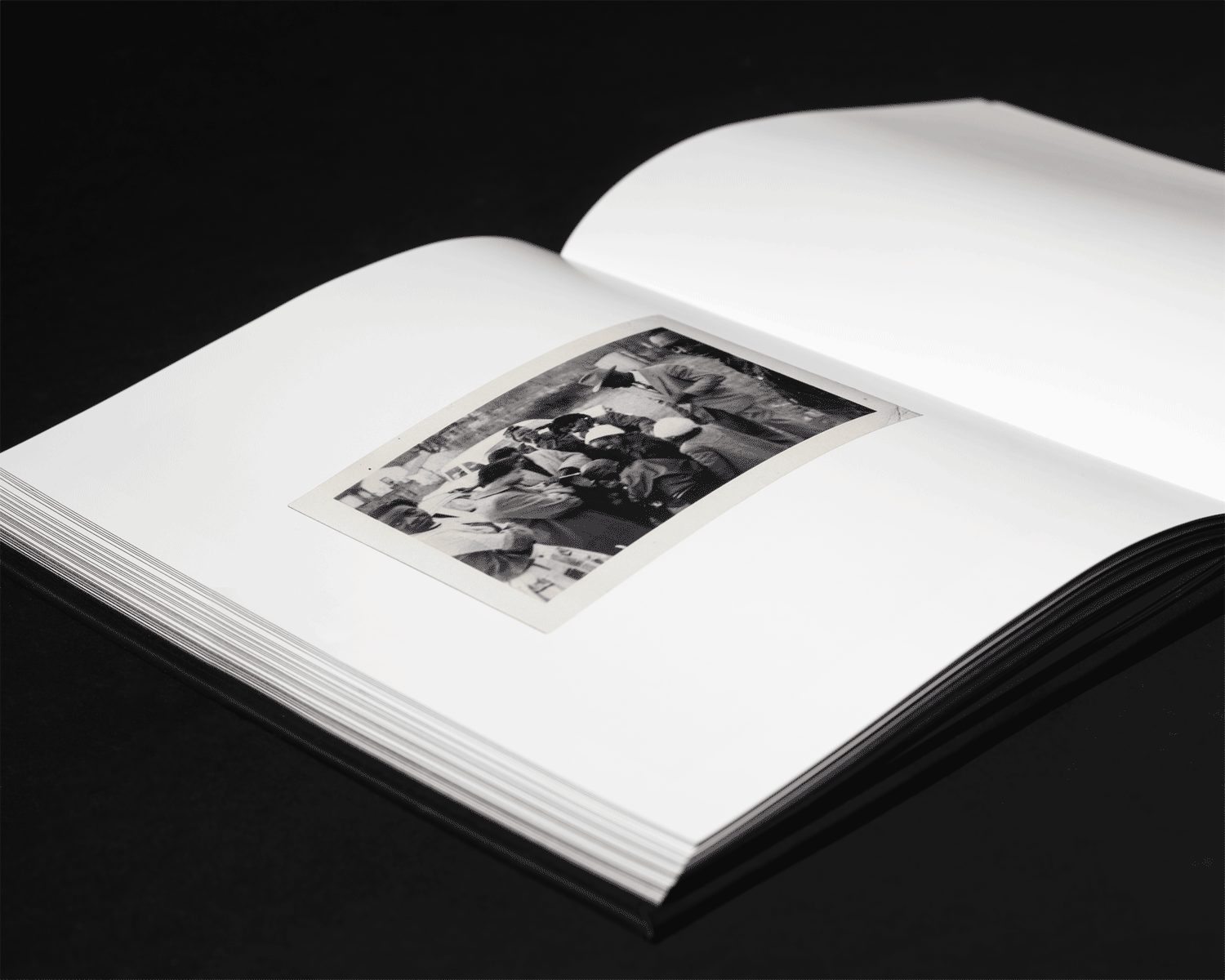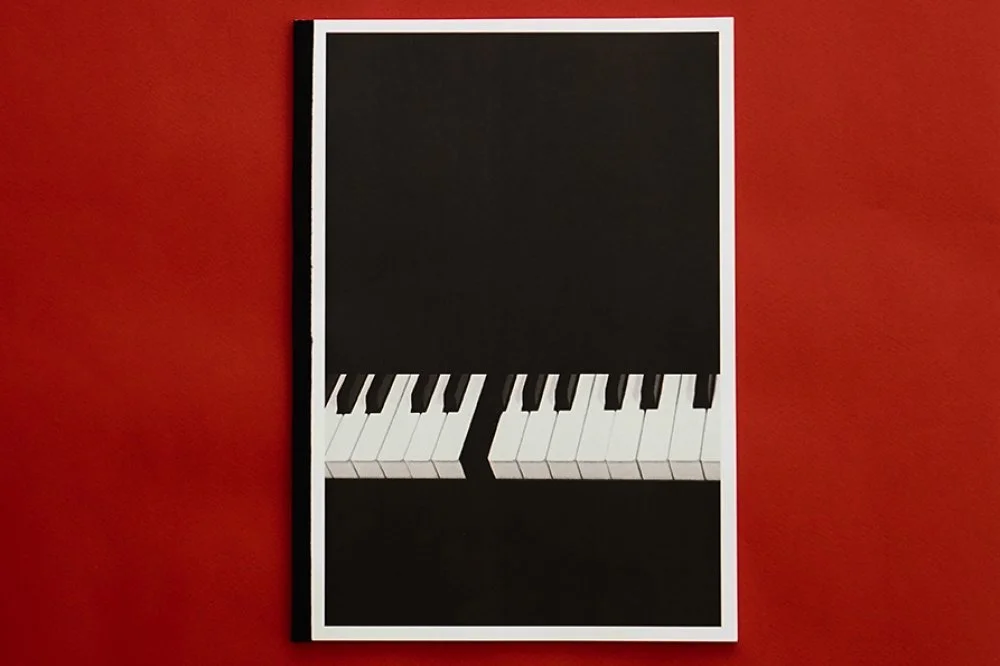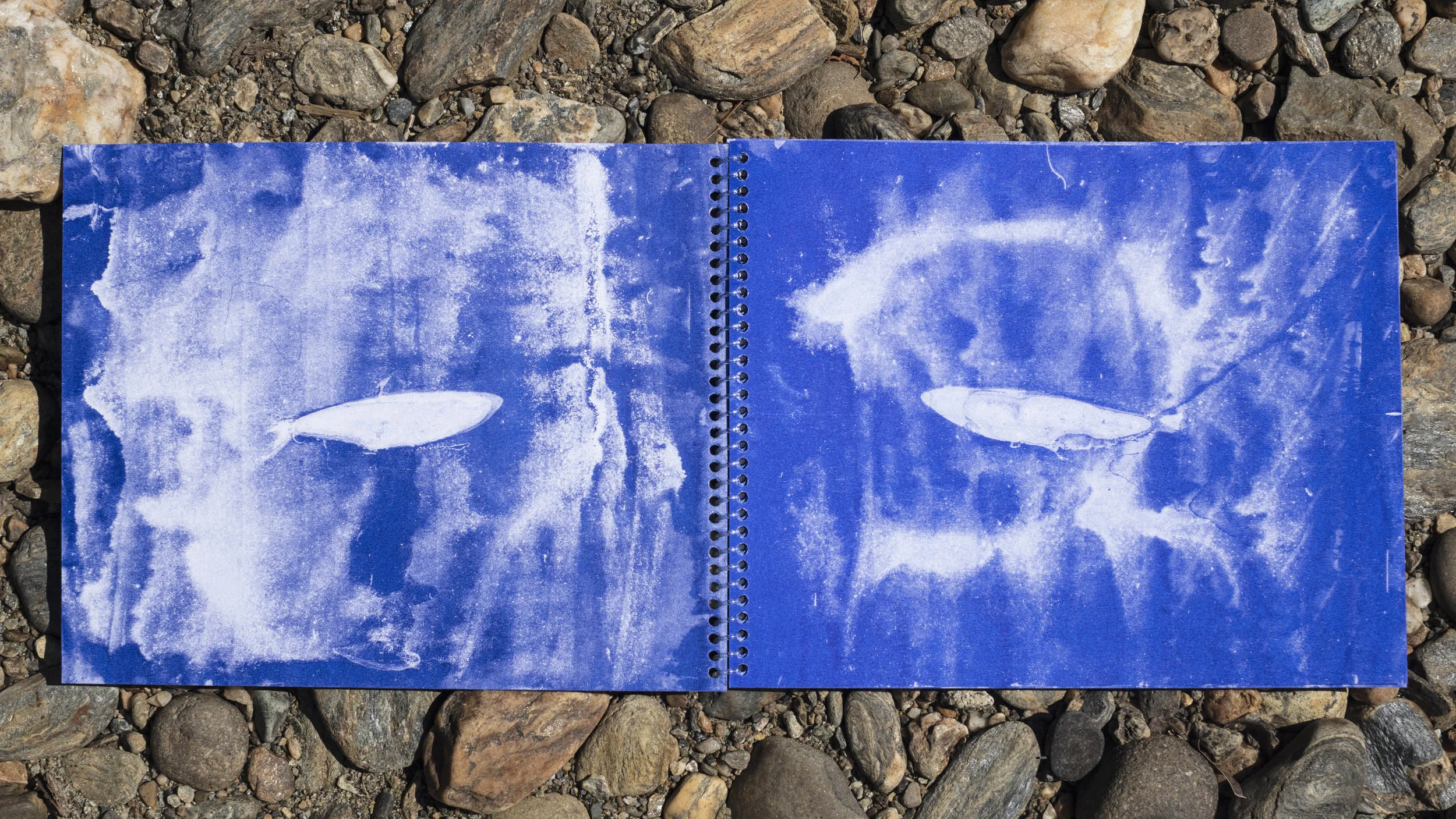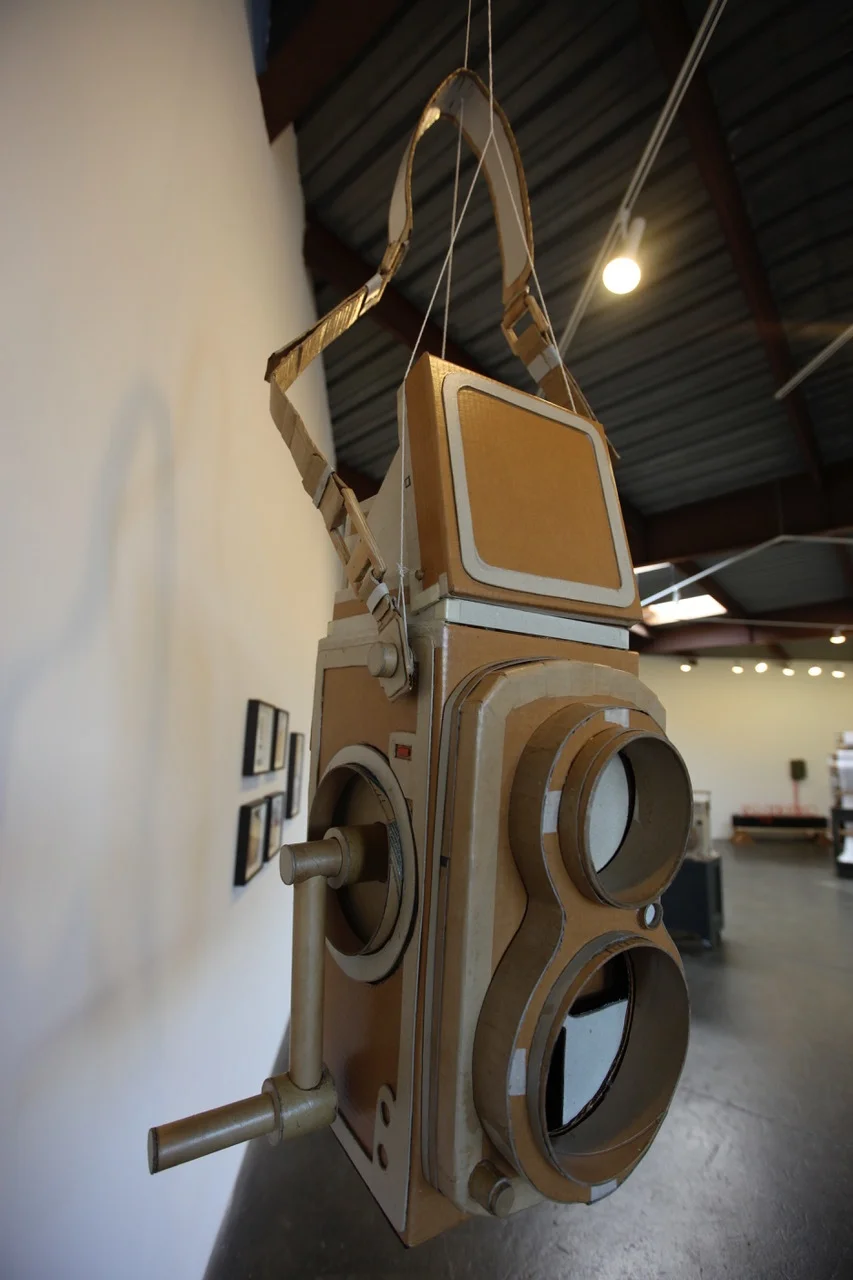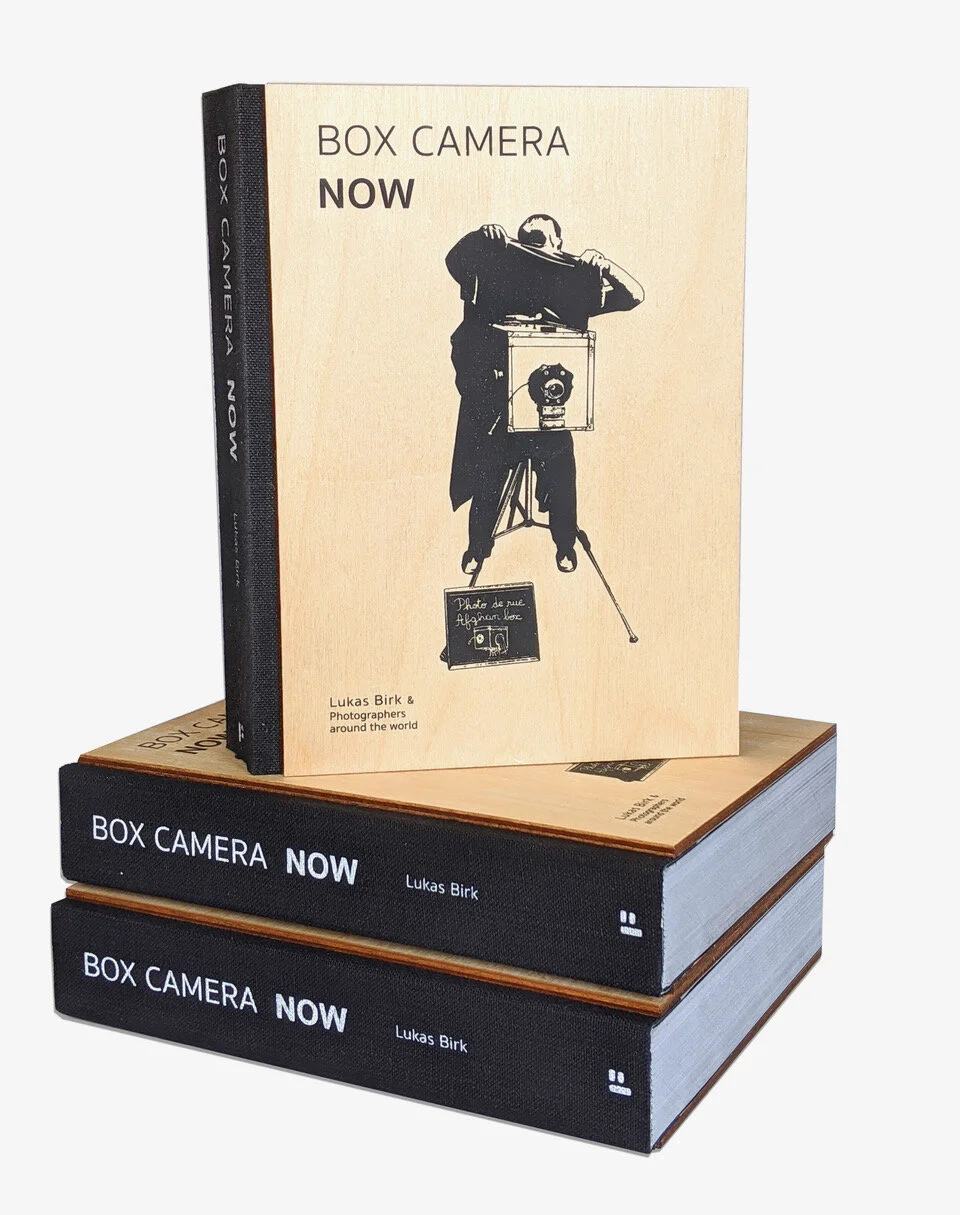Despite what my earlier entry might suggest, I actually do want to talk about the work I saw at the Armory Show (and Volta!) and not just ruminate on the nature of the art world. Plus, my editor rather gently reminded me that outbursts about the cruelties of a life in art won’t make us any friends. So, to pick up where I left off in Part 1, I’ll talk about those works that stopped me in my tracks.
Hiroshi Sugimoto
Despite being only 20X24 prints, Hiroshi Sugimoto’s photographs at the Alan Koppel Gallery captured my attention from a neighboring booth. They were a series of images of movie screens, and they were exquisitely printed. A pure white screen glows in the center of each, even though the nightscapes surrounding the screens change. The consistency of the white grants the images presence and permanence, even if, paradoxically, loss and longing, like the pangs of nostalgia. We know we are seeing images that recall our cultural past, but somehow it is as though a film is just about to start. Sugimoto’s travels and his ethic revolve around exploration of a shared past, and his work challenges us to think hard about what we’ve seen and what we’ve inherited. The images on display by Alan Koppel highlight this reimagining of our histories. The blank screen turns us inward with expectation. It’s the moment that the light dims in a theatre and the projector illuminates the screen. We feel our stories running like films inside us, and they dance like projected images if we care enough to slow down and see what is happening inside of us. Sugimoto’s masterful white captures, then, not so much our attention, but our being, and we are left with a burning light inside of us.
Holyoke Range, Near Oxbow. Easthampton, Alfred Leslie
Strangely, a few booths away at the Hill Gallery (Michigan) a painting (“Holyoke Range, Near Oxbow. Easthampton”) by Alfred Leslie with very similar imagery (this is perhaps an understatement) ten years earlier hung facing a sitting area. I was struck by the similarity between the painting and the photographs by Sugimoto and thought of it as part of the problem of photography, if not art more broadly. How do we find something new? How do we express it?
Sections of England: The Sea Horizons No. 32
The seascapes of Garry Fabian Miller at HackelBury Fine Art brought that question into focus. On the most basic level, I can imagine someone asking me something like, “But it’s a photograph of the sea. How many of those have there been? Why are Miller’s so special?” I wish I had a good answer. I don’t know why they are special, but they are (thus spoke the mighty writer!). Intimate. Thoughtful. Brooding, perhaps, but not aggressive. I wanted to be in them, to feel that place with the intensity that Miller surely must have felt as he made those photos. They are vintage prints from a book, Sections of England: The Sea Horizon, and many of the books and prints were lost to a fire. No. 23, with its white-capped sea, and No. 32, with a monochromatic exploration of cloud and horizon, are the best examples, but all felt gentle somehow, and moving. The small scale of the images lends to this, and the book plates on display probably appealed to my inner bibliophile. Still, I can’t get them out of my mind, and judging by the number of folks milling about in the small space, I can’t be the only one.
Sections of England: The Sea Horizon No. 23
The hangings at Robert Klein Gallery, always staffed by helpful folks, likely would not have drawn the same sort of questions that Miller’s seascapes might draw. After all, how many images of 2.4 million pieces of plastic culled from the Pacific Ocean and arranged in a wave do you see? The scale of Chris Jordon’s Gyre (after Hokusai) is hard to appreciate in a place as crowded as the Armory Show. Fully 8 x 11 feet, the image appears almost like a tile version of Hokusai’s work, but get up close, and you are suddenly confronted with the reality of what you are seeing. Millions of found pieces of plastic, and as we are told, millions of reminders of the precise poundage of plastic pollution that enter the ocean every hour. I confess I walked by the work twice before I stopped to take a closer look. The reason wasn’t lack of interest or curiosity. I recognized the top of the wave while walking back from the end of the pier and circled around to see it again. The problem was I simply couldn’t get close enough the first or second time to really see it. The area was too crowded. Everyone was bent in close, examining the little pieces, then leaning backward and looking up to try to take in the whole scene.
Gyre (After Hokusai), Chris Jordan
I don’t know exactly what to tell you about it, but I can tell you that it’s worth experiencing if you have an opportunity. And not just for the novelty of someone who took the time to arrange and photograph something like it. It’s worth it because of the control of color and the control of printing that the image demonstrates. It is also worth it because it performs important work by juxtaposing a well-known image with an approachable cultural statement. Just as we rethink Hokusai’s work when we see the photograph, so too should we rethink the seas when we see them. This is no doubt polemic, but it is a graceful one, and this is an artist both on top of his game and on a mission. Though many viewers probably don’t need to be told that, it’s another matter to see the work and know it to be true. You will not only never see the sea with the same eyes, but you will never see art as divorced from a culture of consumption that ultimately leads to abuse.
Guerilla Looking, 2008, Michael Duva
Other works have lingered in my mind. I think of Michael Duva’s contemplative portraits of silverback gorilla’s at Ricco/Maresca Gallery, the extensive Mike & Doug Starn hangings at Wetterling Gallery and also at Hackelbury Fine Art, and the pensive work of Nelli Palomaki at Galleri Brandstrup. At Twenty-Seven with My Dad I found surprisingly moving at the latter, and I suspect it has something to do with its printing on aluminum. While not a photography show, the Armory remains a place to not only see art, but to confront the cultural and social work of photography in the context of an art market whose primary drivers are hard to discern.
At Twenty-Seven with My Dad, Nelli Palomaki
I’ve quite by accident returned to my theme from my first rumination. I can’t seem to shake some disturbance in the Force. Maybe I’m grumpy, or maybe I’m tired from sweating in the unbearable heat of the show (why was it so hot?). Maybe I’m beating the proverbial dead horse because I want, like everyone else out there, to sound the warning bell. For what, I don’t know. But, maybe it’s that the art seemed secondary to the market as I hurried through to compile my own personal shopping list of favorites. I can’t ignore that sense, even if I’ve found myself trawling the internet lusting after some of the artists’ works that I saw. I can’t quite separate within myself both the beauty and mastery the work, and also the impulse, well nurtured by the show, to try to find a way to buy, buy, buy.
I emphasize “to try to find a way.” I welcome cash donations to my purchase fund.
Roger Thompson is the Senior Editor for Don't Take Pictures, an art critic, and a Professor at Stony Brook University in Long Island, NY.












































